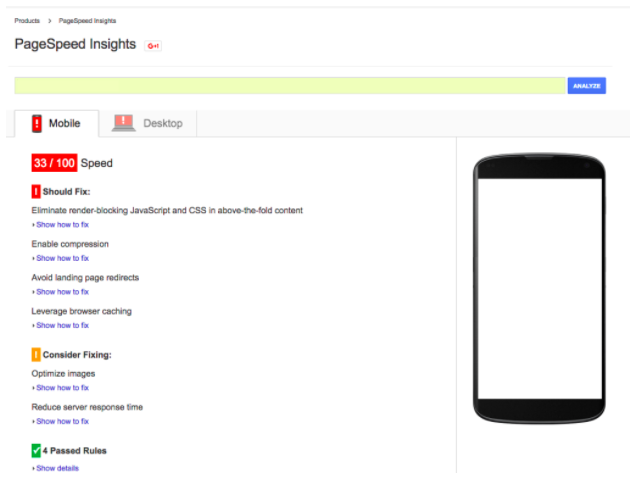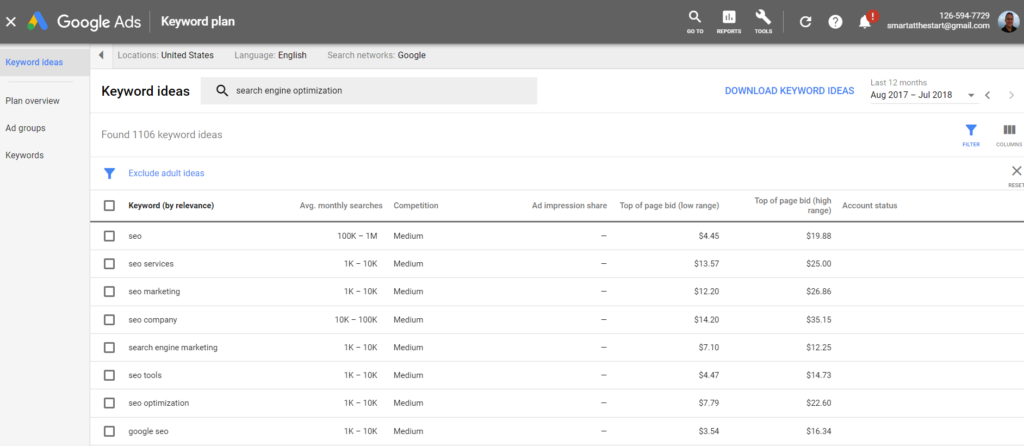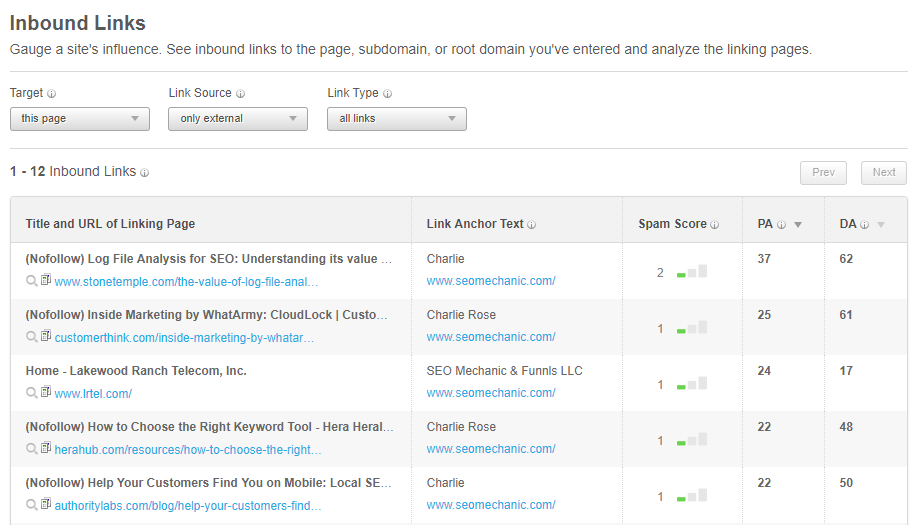SEO Ranking Factors
Fundamentals
On-Site SEO
On-Page Ranking Factors
Title Tag
Meta Description
Alt Text
Duplicate Content
Robots.txt
Robots Meta Directives
Schema.org Markup
HTTP Status Codes
Page Speed
Conversion Rate Optimization
Domains
URLs
Canonicalization
Redirects
Related Resources
Broaden your SEO Knowledge:
Common SEO success factors
What makes one website successful when it comes to SEO, and another one fails? Is it the number of links on a page? Is it the amount of fresh, unique content?
There is no one answer. Fortunately, success leaves clues. That is why we want to explore the SEO success factors for your website.

Different types of SEO success factors
There are three different types of SEO success factors we want to talk about today:
- On page SEO
- Off page SEO
- Violations
1. On page SEO
Let’s start with on-page SEO factors, which provide a quality foundation for your search success.
Sitemap – the first thing that drives quality search traffic to your website is a proper sitemap. It helps readers understand the flow of information on your site, and Google can index your site.
Expertise, authority, and trustworthiness are – this is not a specific step you take; the idea here is that the combination of work you do on your website helps generate more search traffic.
< robust>Responsive design – 60% of all search traffic now happens through mobile devices. If you don’t have a mobile strategy, you will never get search traffic. Therefore, be sure to use a responsive website that works on mobile regardless of your website page size.
Layout and design – a responsive website layout make it easier for users to navigate your site. A sitemap is an overall guide to where they should go, and your designs should make it visually appealing for users to go through the site.
Unique, fresh content – Google looks for sites that provide value. The best way to deliver value is content your customers will enjoy. That means your website needs a fresh take to stand out from others in your industry.
Website speed – do you know your website speed? Alternatively, is it bogged down by too much coding like JavaScript and other code, making it difficult for your site to load quickly?

Optimize images and videos – do you use alt-text when you include new photos on your site? What about meta descriptions for your videos, so Google knows more about the topic?
Optimizing the media on your website is as important as optimizing the content.
< robust>Structured data – over the past two years, as more and more people use voice technology to communicate on search engines, it is essential to use structured data to help Google identify relevant information for readers.
If you look at the Hummingbird update from the last two years, you will see that the ability to use voice search is a crucial component of quality search engine optimization.
Click-through rate – how often do people click through to your website from Google? Your click-through has much to do with the quality of your title tags and meta descriptions on each page. Furthermore, how many people then click on to other pages from your website, such as your blog?
If your bounce rate is too high, your click-through rate will drop. That indicates to Google that you do not have a quality website.
Hreflang – must your website be communicated in multiple languages? If so, you must have a hreflang tag, so Google knows your language on each website page.
Keywords – we thought we’d save the best for last. Experienced search engine marketers know you must have quality keywords on each page. However, keywords are different today than five years or ten years ago. They must fit in with the content and make it seem natural. Otherwise, Google will penalize websites for overkeyword optimization.

2. Off page SEO
Link building – we could write an entire article on different SEO factors for link building. While it has changed a lot in the last few years, the key to quality link building is to provide relevant links from third-party websites that demonstrate your authority in the industry. It is not a numbers game but a quality game.
Not all links are the same. Depending a host of factors, such as the domain’s age, the quality of the content on the third-party website, and other factors could affect which links help you the most.
For instance, .edu and .gov links are more valuable. That is because not everyone can own these types of websites. You must be an educational institution or a government body to have these hyperlinks.
Therefore, having a link from an educational institution or government body promoting your site gives you much more juice than a corporate blog link.

Social sharing – while most social networks don’t provide do-follow backlinks, social sharing is an indirect measure of search engine optimization.
For example, your post goes viral on social media. That could lead to more people reading your article, spending more time on your website, reducing your bounce rate, and leading to more backlinks.
As more people read your article, they give more opportunities for other bloggers to find your information and link to it when they write their content.
Violations
You want to keep on Google’s good side. You want to avoid the black cat strategies that many search engine marketers used in days past.
You also need to make sure your website is secure as well. Google emphasizes sending users to safe sites.
Security – do you have an HTTPS website? What does that mean? Do you use SSL certificates to ensure visitors and customers can use your site safely? If you don’t, Google will reduce your search rankings based on updates over the past year.
Comment spam – this is still a concern in the industry. It is not as prevalent as it used to be. You still need to protections your site from comment spammers who place malicious links in your comments section. These links can suck quality from your search traffic.
< vital>Over optimization – we talked about how to use keywords in moderation. If you use keywords too much throughout your website pages, Google will slap you for over optimization.
Keep your keywords between 1 to 3% of your total content for each page.
Black hat techniques – are you hiding keywords? One of the oldest black hat tricks was to use white text for keywords on a white background so that Google wouldn’t see it. That worked well for a few years, and then the sites lost all their search traffic.
The same goes for hiding links as well.
DMCA notices/piracy – are you copying content from other websites? Do you have permission? If not, you could face a DMCA notice in the United States.
What is a DMCA notice?
That’s a process where the rightful owner of the content can go to your hosting company and ask them to remove your website from the Internet until you remove the content you pirated from their site.
Do not copy other website content without permission. Remember that Google wants unique, fresh content. It is best to develop your content instead of copying others if you want long-term search traffic.
Explicit content – while some explicit content still gets shown on Google, it could reduce your search rankings depending on your website.
For example, if you have a kid-friendly website, and your ads show explicit content, Google might not be happy about sending visitors to your site.
Be very careful and monitor explicit content on your website.
Final thoughts
Your site might not need every strategy listed above to succeed. However, you can use the information above as a guideline to improve the quality of your search engine traffic.
 Meet The Team
Meet The Team